In several villages in southern Muntenia and, especially, in Gorj and Olt counties, the celebration of the Finding of the Head of the Holy Prophet John the Baptist, which always falls on February 24, is called Dragobete, writes the folklorist and ethnographer Simion Florea Marian. (Romanian Holidays - Ethnographic Study, Romanian Cultural Foundation Publishing House)
Dragobetele, in these parts, is a beautiful day of celebration for big boys and girls, and even for young men and women. In some communes, also in Muntenia, recalls Simion Florea Marian, the people celebrate Dragobete specifically to be protected from diseases.
Depending on the ethnographic area, Dragobetele, also called Cap de Primavara (Beginning of the Spring), was celebrated on one of the days between the end of February and the beginning of March. (Romanian Holidays and Customs, Ion Ghinoiu, 2003)
According to the legend, Dragobtele (Dragomir, says the legend) is the son of Baba Dochia (The Old Dokia) and represents, in opposition to her, the positive principle. Dragobetele, the bearer of love and good mood, is celebrated on the day of the mating of birds that gather in flocks, chirp and start building their nests. That's why girls and boys looked forward to and celebrated Dragobetele to be in love all year long.
Considered, locally, the first day of spring, on the day of Dragobete, girls and boys gathered in groups and went out shouting and shouting in the fields, from where they collected two-leaf squill and sweet violets (Viola odorata). At Sanziene (Midsummer), they were picking two other flowers, roji (a kind of wild rose) and dropwort (Filipendula vulgaris), which would be sisters of two-leaf squill and sweet violets, dried since spring. The flowers had to be tied in bouquets and given via water, because the gathering of sister flowers, which can never reach and never meet, was considered in heaven as half of Sarindar (subsequent 40-day prayer at mass). (Sezatoarea magazine, XII, 1904)
On Dragobete day, non-migratory birds gather in flocks, chirp, fly, mate and start building their nests, where their young will grow. The unpaired ones remain pairless until next year's Dragobete. In the same way, girls and boys had to meet, make Dragobetele, to be in love throughout the whole year. "In the villages where the custom is preserved, the saying can still be heard today: Dragobete kisses girls! Considering that kissing on Dragobete day is auspicious, girls let themselves and even wanted to be kissed by boys". (Romanian Mythology - Dictionary, Ioan Ghinoiu)
In the Mehedinti area, the buds of forest trees, picked and worn by girls, in their ears, on Dragobete day, a symbol of youthful love, are called dragobete.
Dragobetele, the Romanian tradition of Valentine's Day
Articole Similare

12
As many as 6,995 available jobs in Bucharest, between December 24 - 31, 2025
12
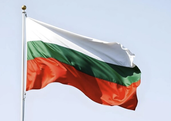
15
MAE/Travel warning: Bulgaria, temporary restriction of traffic of vehicles over 12 tons between December 24 and January 4
15

22
HM Margareta: I have confidence in the Romanian nation and its strength to move forward
22
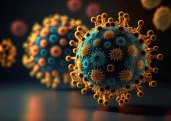
12
National Institute of Public Health announces first death due to flu: 88-year-old woman from Cluj
12

18
'Silent Night' - extraordinary concert on Christmas Eve, in Constitution Square
18

19
CSM sends partial results of questionnaire regarding justice to President, Government and Justice Ministry
19

14
Euro trades at 5.0890 RON
14

17
Romanian-Turkish consortium to supervise works on Section 1C Sarateni-Joseni of Unirii Motorway
17

11
Health Ministry: Increased flu activity reported; recommendations for prevention and limiting illness
11
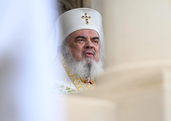
18
Patriarch Daniel sends Christmas letter to His Holiness Bartholomew: We wish you to stay in good health
18

12
Archbishop-Metropolitan Aurel Perca - Christmas Pastoral: World without God sinks into darkness, confusion, selfishness
12

9
National Bank launches gold coin dedicated to The Votive Plaques from Germiasa
9

68
Government approves Romania's 32.5 million euro outstanding contribution to ESA optional programmes
68







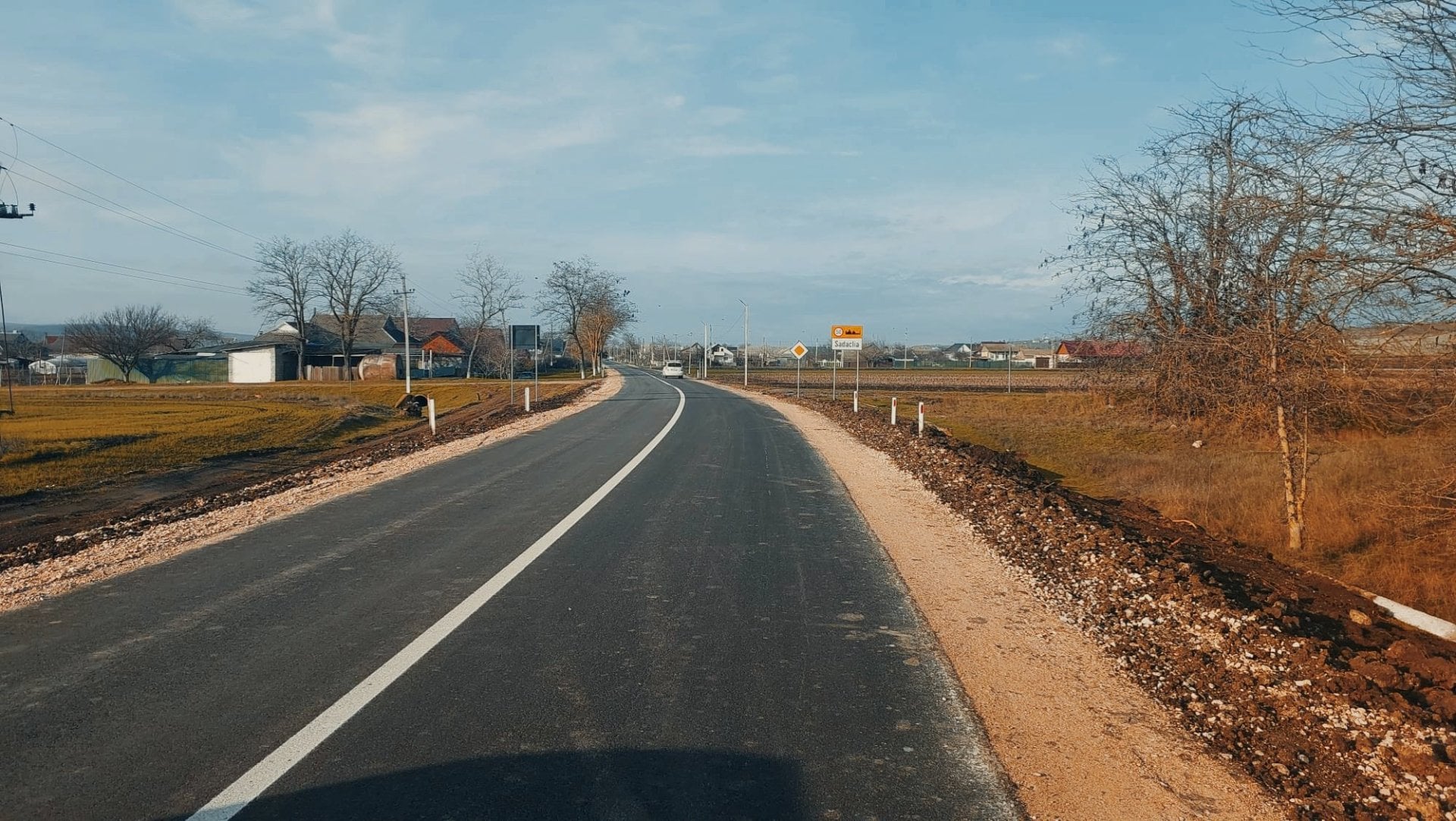
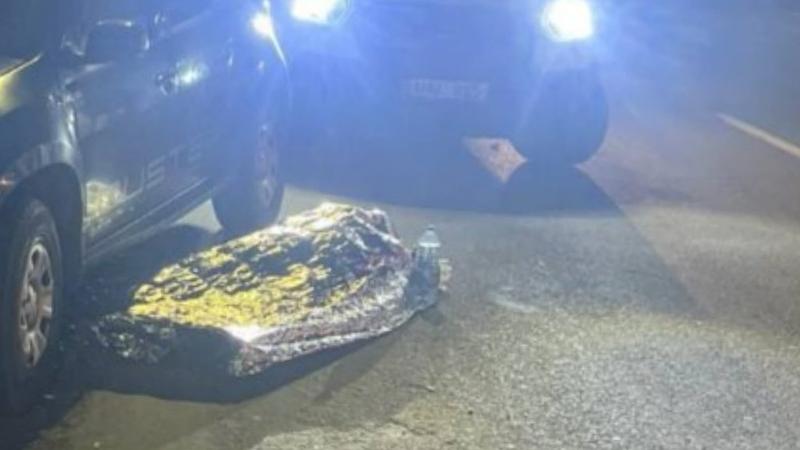

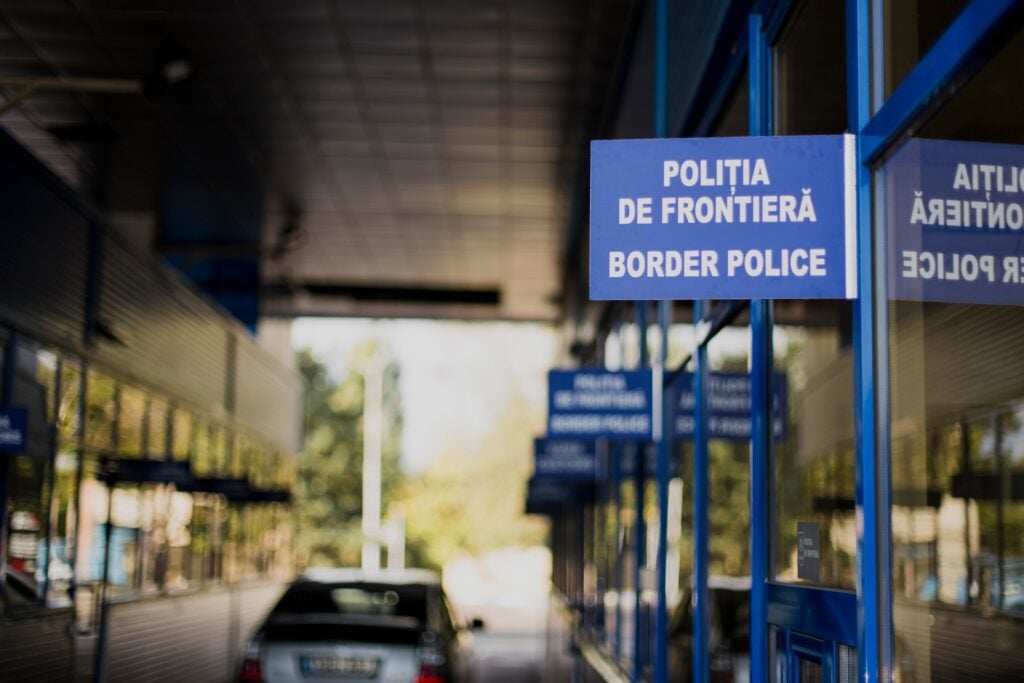
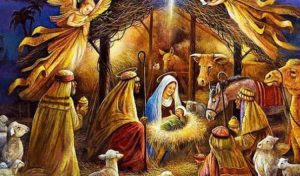







Comentează